Pair of 18th Century George II Gothic Yew and Elm Windsor Armchairs, circa 1760
Sold
Request Information
Follow Us
Pair of 18th Century George II Gothic Yew and Elm Windsor Armchairs, circa 1760
The Windsor chair at its most elaborate and fine, the Gothic Windsor of yew wood and elm, circa 1760. England. It is, without doubt, the most sophisticated and elegant of all Windsor chairs and can be described as quintessentially English country furniture.
They are the most exquisite and fine design of all Windsor chairs and it is also the rarest of all models. This form is also known as the ‘Chippendale’ of country seating and ‘Strawberry Hill’ design, after the Strawberry Hill House in London was remodelled by Horace Walpole (1717-1797) and featured windows with a distinctive gothic shape.
A similar Windsor Chair is illustrated on the cover of ‘Windsor Chairs’ by Micheal Harding Hill, where he describes “This style of Windsor has been considered for some time to be the pinnacle of Windsor chair design; it is more sought after than any other Windsor chair, and it is rare than any of the other styles.”
Further reading:
Perhaps most famously, a notably similar set of six Gothic Windsor chairs belonging to Peggy and David Rockerfella, sold at Christie’s, New York in 2018 for, $336,500 (approximately £247,616), acquired from Mallet, London in 1995.
The Metropolitan Museum of Art, New York acquired a pair of Gothic Windsor armchairs in 2016 disclosing “Quintessentially English country furniture, this pair of Windsor armchairs (see also 2016.250) is a variant of the more traditional bow-back design. With its pointed arch-shaped back and openwork splats displaying Gothic tracery, these chairs beautifully reflect the Gothic taste which became fashionable in England in the middle of the 18th century.” Accession Number: 2016.234.
A similar chair, now in the Victoria and Albert Museum and illustrated in Anthony Coleridge, Chippendale Furniture, New York, 1968, pl. 157., is made from yew and mahogany. The period examples always incorporate yew, the prized timber for Windsor chairs. An identical yew chair with an elm seat is illustrated in The English Regional Chair and is attributed to London/Thames Valley (Bernard D. Cotton, The English Regional Chair, Suffolk, 1990, p.47, fig. TV22). Windsor chairs likely derived their name from the town of Windsor, a distribution centre of furniture made in the Thames Valley.
Another nearly identical chair is illustrated in Michael Harding-Hall, Windsor Chairs, London, 2003, p. 22, a pair of very similar chairs are illustrated in D. Knell, English Country Furniture, Suffolk, 2000, p. 327, pl. 83, while another single example sold from The Collection of Robert Hatfield Ellsworth, Christie’s, New York, 21 March 2015, lot 1159 ($43,750).
The English Regional Chair by Bernard D. Cotton.
Windsor Chairs by Michael Harding-Hill, Cover, Page: 22-23, 88, 85. an illustrated publication.
Condition
Good. Wear consistent with age and use.
Dimensions
Height: 40.56 in. (103 cm)
Width: 25.2 in. (64 cm)
Depth: 18.12 in. (46 cm)
Seat Height: 17.33 in. (44 cm)
PREVIOUSLY SOLD
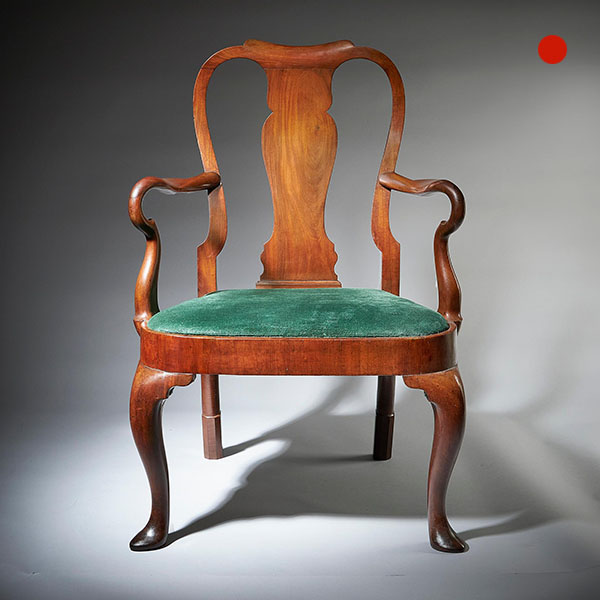
Rare 18th Century George II Mahogany Armchair with Carved Shepherds Crook Arms
Rare 18th Century George II Mahogany Armchair with Carved Shepherds Crook Arms Sold Follow UsRare 18th Century George II Mahogany Armchair with Carved Shepherds Crook Arms A fine example of a bold early George II mahogany dressing chair with...
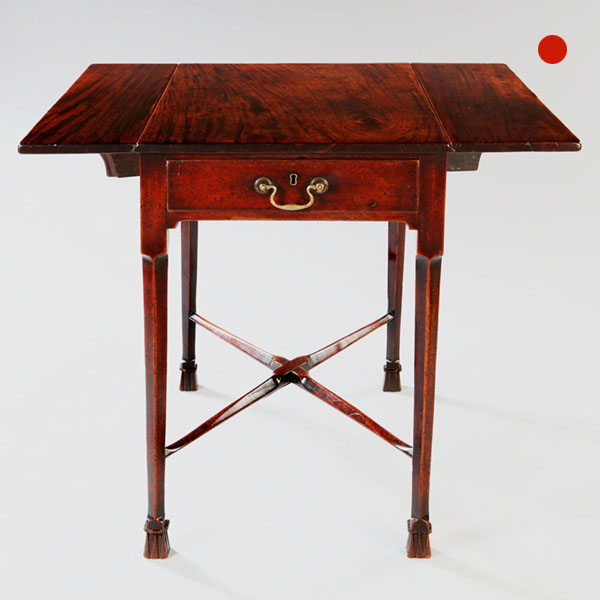
George III Mahogany Pembroke Table
Fabulous George III mahogany Pembroke table, retaining its original gilt swan-neck handle, skeleton escutcheon and rich wax patinated finish.
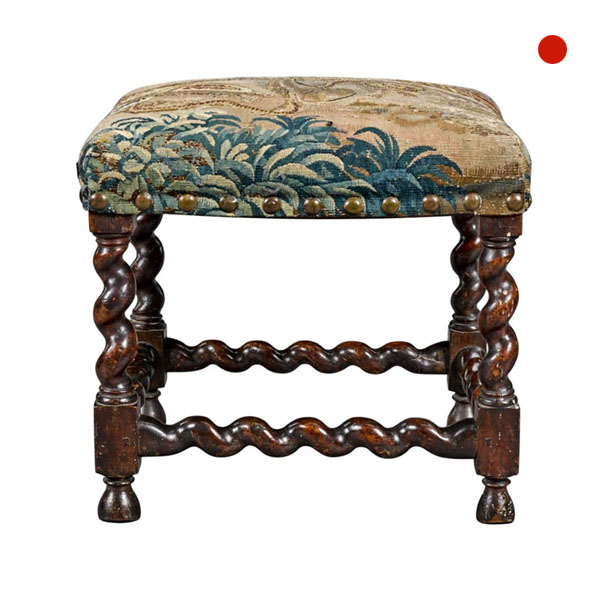
Fine 17th Century Barley or Solomonic Twist Baroque Walnut Stool with Tapestry
Fine 17th Century Barley or Solomonic Twist Baroque Walnut Stool with Tapestry SoldFollow UsFine 17th Century Barley or Solomonic Twist Baroque Walnut Stool with Tapestry Dating from the last quarter of the 17th century and with a period...

Large George III 18th Century Mahogany Wine Cooler Cellarette or Jardinière
Large George III 18th Century Mahogany Wine Cooler Cellarette or Jardinière SoldFollow UsLarge George III 18th Century Mahogany Wine Cooler Cellarette or Jardinière A fine and large mid-18th century George III oval mahogany cellarette or wine...
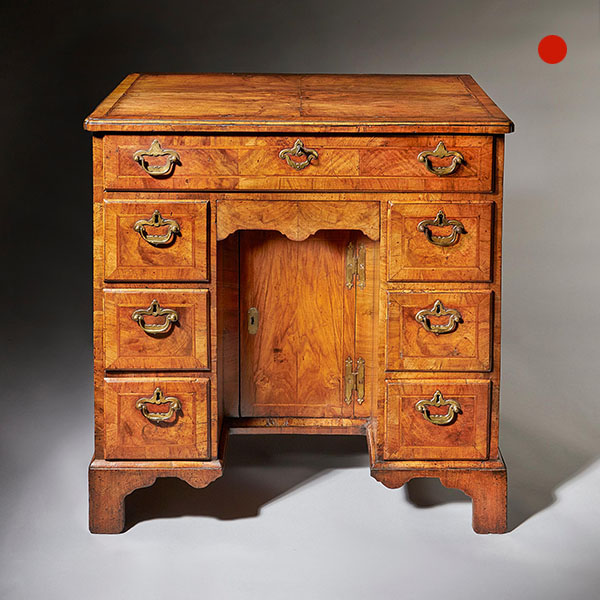
Figured Walnut George II 18th Century Kneehole Desk Attributed to Elizabeth Bell
Figured Walnut George II 18th Century Kneehole Desk Attributed to Elizabeth Bell £7,600 Follow UsFigured Walnut George II 18th Century Kneehole Desk Attributed to Elizabeth Bell A Fine George II Figured Walnut Kneehole Desk Attributed to...
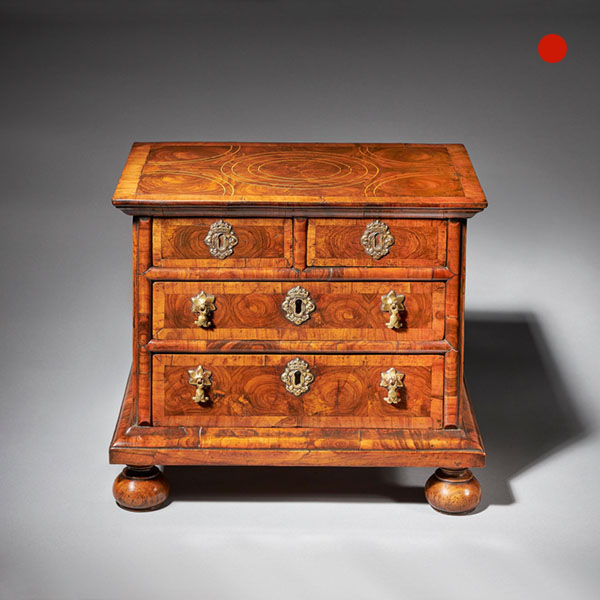
Diminutive 17th century William and Mary Olive Oyster Miniature Chest of Drawers
Diminutive 17th century William and Mary Olive Oyster Miniature Chest of Drawers Sold Follow UsDiminutive 17th century William and Mary Olive Oyster Miniature Chest of Drawers From the reign of King William & Queen Mary (1688-1702)...

Rare 18th Century George II Mahogany Armchair with Carved Shepherds Crook Arms
Rare 18th Century George II Mahogany Armchair with Carved Shepherds Crook Arms Sold Follow UsRare 18th Century George II Mahogany Armchair with Carved Shepherds Crook Arms A fine example of a bold early George II mahogany dressing chair with...

George III Mahogany Pembroke Table
Fabulous George III mahogany Pembroke table, retaining its original gilt swan-neck handle, skeleton escutcheon and rich wax patinated finish.

Fine 17th Century Barley or Solomonic Twist Baroque Walnut Stool with Tapestry
Fine 17th Century Barley or Solomonic Twist Baroque Walnut Stool with Tapestry SoldFollow UsFine 17th Century Barley or Solomonic Twist Baroque Walnut Stool with Tapestry Dating from the last quarter of the 17th century and with a period...

Large George III 18th Century Mahogany Wine Cooler Cellarette or Jardinière
Large George III 18th Century Mahogany Wine Cooler Cellarette or Jardinière SoldFollow UsLarge George III 18th Century Mahogany Wine Cooler Cellarette or Jardinière A fine and large mid-18th century George III oval mahogany cellarette or wine...

Figured Walnut George II 18th Century Kneehole Desk Attributed to Elizabeth Bell
Figured Walnut George II 18th Century Kneehole Desk Attributed to Elizabeth Bell £7,600 Follow UsFigured Walnut George II 18th Century Kneehole Desk Attributed to Elizabeth Bell A Fine George II Figured Walnut Kneehole Desk Attributed to...

Diminutive 17th century William and Mary Olive Oyster Miniature Chest of Drawers
Diminutive 17th century William and Mary Olive Oyster Miniature Chest of Drawers Sold Follow UsDiminutive 17th century William and Mary Olive Oyster Miniature Chest of Drawers From the reign of King William & Queen Mary (1688-1702)...
YOU MAY ALSO LIKE
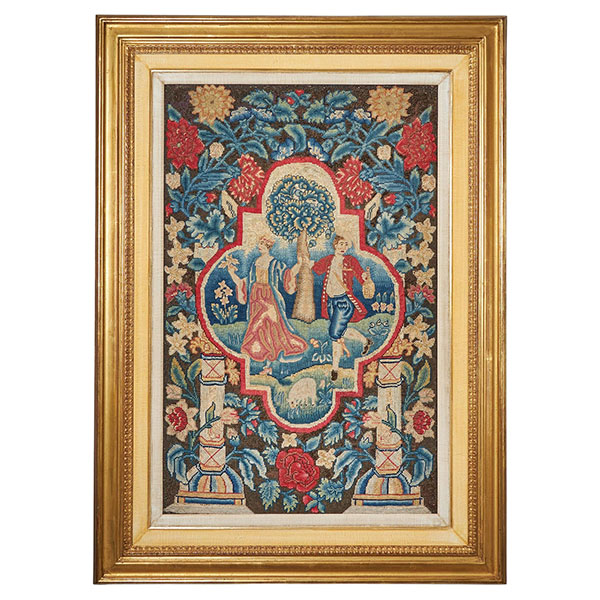
A Rare and Vibrant Framed 18th Century George II Needlework Picture, Circa 1730
A Rare and Vibrant Framed 18th Century George II Needlework Picture, Circa 1730 £16,000Follow UsA Rare and Vibrant Framed 18th Century George II Needlework Picture, Circa 1730 A rare and vibrant early 18th century George II pictorial...
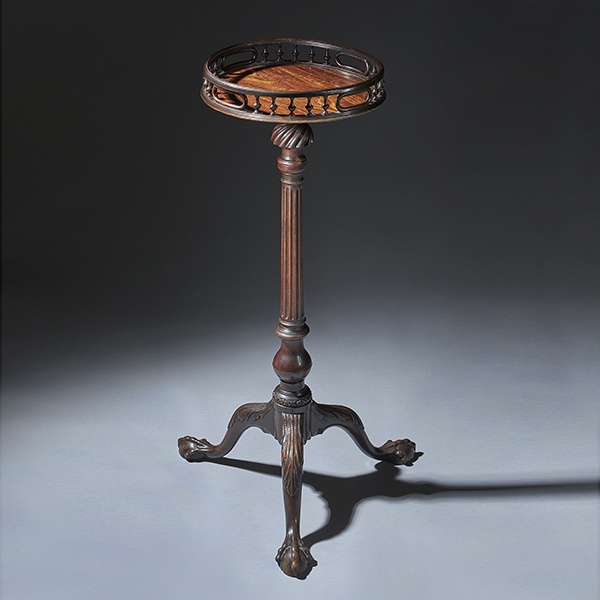
A Fine George II 18Th Century Chippendale Period Carved Mahogany Torchiere. Circa 1755-1765, England
A FINE GEORGE II 18TH CENTURY CHIPPENDALE PERIOD CARVED MAHOGANY TORCHIERE Circa 1755-1765, England £25,000Follow UsA FINE GEORGE II 18TH CENTURY CHIPPENDALE PERIOD CARVED MAHOGANY TORCHIERE, Circa 1755-1765, England An exquisitely fine and...
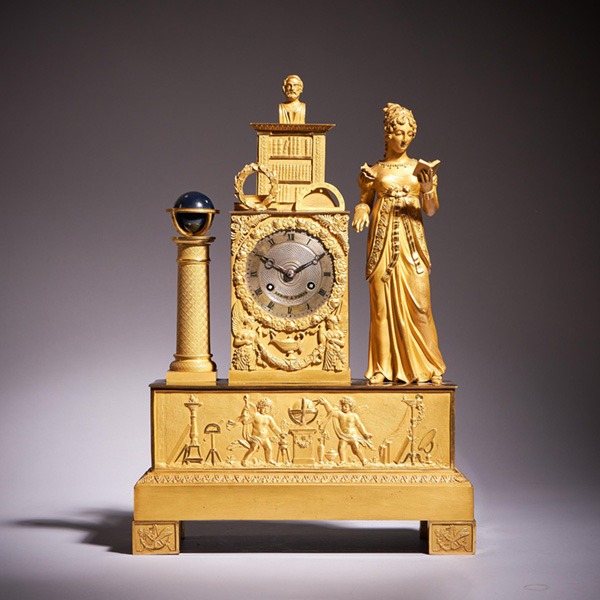
Fine 19th-century French ormolu mantel clock (pendule) by Leroy a Paris, c. 1825
Fine 19th century French ormolu mantel clock (pendule) by Leroy a Paris, c. 1825 £7,495Follow...
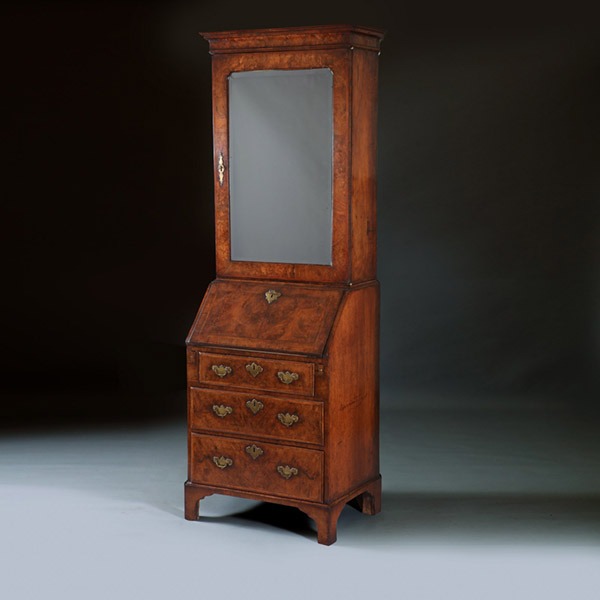
A Fine Early 18th Century George I Burr Walnut Bureau Bookcase, Circa 1715
A Fine Early 18th Century George I Burr Walnut Bureau Bookcase, Circa 1715 £11,500Follow UsA Fine...
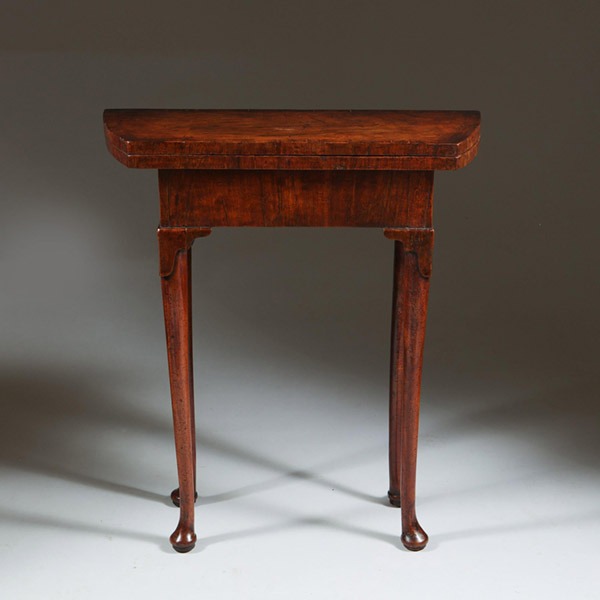
A Unique Early 18th Century Diminutive George I Figured Walnut Bachelors Table
A Unique Early 18th Century Diminutive George I Figured Walnut Bachelors Table £12,800Follow UsA...

A Fine 18th Century George II Mahogany Marble Topped Console Table, Ireland
A Fine 18th Century George II Mahogany Marble Topped Console Table, Ireland SoldFollow UsA Fine...

A Rare and Vibrant Framed 18th Century George II Needlework Picture, Circa 1730
A Rare and Vibrant Framed 18th Century George II Needlework Picture, Circa 1730 £16,000Follow UsA Rare and Vibrant Framed 18th Century George II Needlework Picture, Circa 1730 A rare and vibrant early 18th century George II pictorial...

A Fine George II 18Th Century Chippendale Period Carved Mahogany Torchiere. Circa 1755-1765, England
A FINE GEORGE II 18TH CENTURY CHIPPENDALE PERIOD CARVED MAHOGANY TORCHIERE Circa 1755-1765, England £25,000Follow UsA FINE GEORGE II 18TH CENTURY CHIPPENDALE PERIOD CARVED MAHOGANY TORCHIERE, Circa 1755-1765, England An exquisitely fine and...

Fine 19th-century French ormolu mantel clock (pendule) by Leroy a Paris, c. 1825
Fine 19th century French ormolu mantel clock (pendule) by Leroy a Paris, c. 1825 £7,495Follow...

A Fine Early 18th Century George I Burr Walnut Bureau Bookcase, Circa 1715
A Fine Early 18th Century George I Burr Walnut Bureau Bookcase, Circa 1715 £11,500Follow UsA Fine...

A Unique Early 18th Century Diminutive George I Figured Walnut Bachelors Table
A Unique Early 18th Century Diminutive George I Figured Walnut Bachelors Table £12,800Follow UsA...

A Fine 18th Century George II Mahogany Marble Topped Console Table, Ireland
A Fine 18th Century George II Mahogany Marble Topped Console Table, Ireland SoldFollow UsA Fine...













